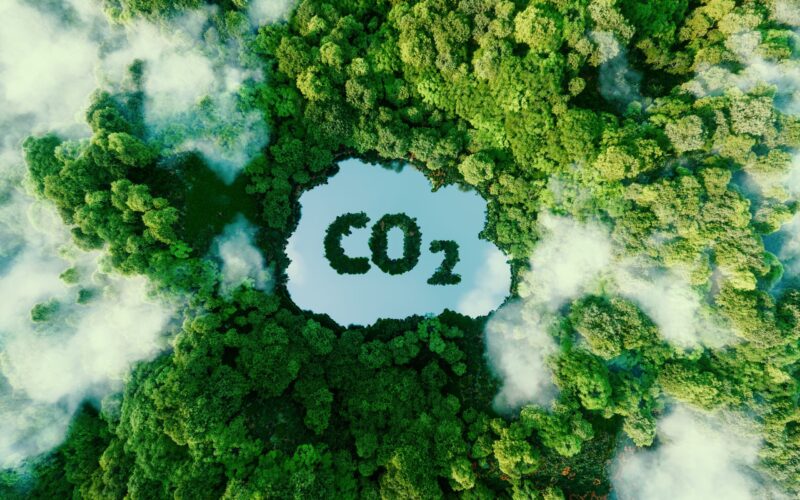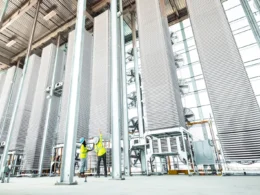Carbon Direct and Microsoft have jointly released the 2025 edition of the Criteria for High-Quality Carbon Dioxide Removal (CDR), marking the fifth annual update of the framework first introduced in 2021. The updated criteria incorporate recent advances in climate science, policy developments, and practical experience from project implementation, aiming to provide clearer benchmarks for assessing the quality of carbon removal initiatives.
The revised framework arrives as global efforts to scale carbon removal technologies intensify. Scientific estimates suggest the world will need to remove between 100 and 1,000 billion metric tonnes of carbon dioxide by the end of the century to limit warming to 1.5°C, necessitating annual removals of 5–10 GtCO₂ by 2050. However, deployment of high-quality CDR remains limited, with regulatory, financial, and technical challenges slowing progress.
The 2025 criteria offer detailed guidance across nine CDR pathways, ranging from nature-based approaches—such as afforestation and soil carbon sequestration—to engineered methods like direct air capture. This year’s edition introduces formal guidance for abiotic marine approaches, including Ocean Alkalinity Enhancement (OAE) and Direct Ocean Removal (DOR), recognising their potential scale and the need for specific monitoring frameworks to address ocean-related risks.
Key updates include:
- Marine CDR standards: First-time guidance for OAE and DOR includes considerations such as ocean circulation modelling, biogeochemical tracking, and marine ecosystem impact assessment.
- Improved technical requirements: All pathways feature enhanced definitions and clarifications based on Microsoft’s review of over 400 project applications and procurement of 22 million tonnes of CDR since 2023.
- Stronger measurement protocols: Increased emphasis is placed on direct measurement methods over modelling where feasible, incorporating developments in remote sensing and automated monitoring.
Microsoft’s growing CDR procurement programme has informed many of the updates. Since 2021, the company’s CDR portfolio has expanded from 1.3 million to over 22 million tonnes contracted in 2024, offering insights into real-world project performance and quality assurance challenges.
The framework is structured around six core principles: social and environmental impact, additionality, measurement and verification, durability, and carbon leakage. These principles are designed to apply consistently across different types of carbon removal.
Future editions may expand to cover additional emerging pathways such as wetland restoration and carbon utilisation technologies. Carbon Direct and Microsoft plan to continue annual updates in collaboration with scientific and industry stakeholders to promote transparency and quality in the evolving carbon removal market.




















